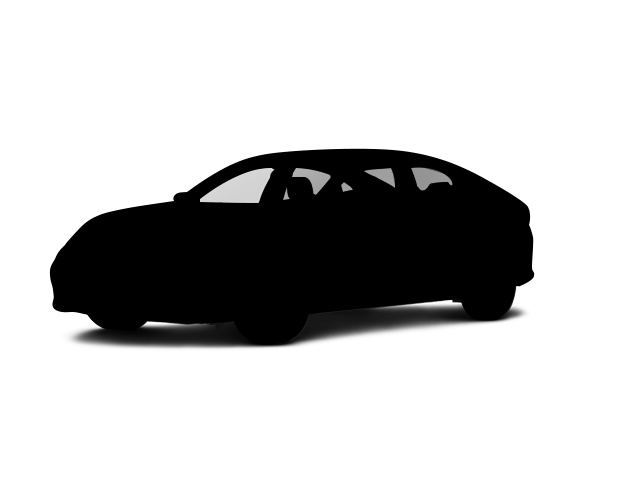Over 200 people are killed each year when backed over by motor vehicles. The Ram 1500 (except Tradesman/HFE) offers optional Reverse Stop that uses rear sensors to monitor and automatically apply the brakes to prevent a rear collision. The Tundra doesn’t offer backup collision prevention brakes.
Full-time four-wheel drive is optional on the Ram 1500. Full-time four-wheel drive gives added traction for safety in all conditions, not just off-road, like the only system available on the Tundra.
When descending a steep, off-road slope, the Ram 1500’s optional Hill Descent Control allows you to creep down safely. The Tundra doesn’t offer Hill Descent Control.
The Ram 1500 Laramie/Longhorn/Limited offers an optional Surround View Camera to allow the driver to see objects all around the vehicle on a screen. The Tundra only offers a rear monitor and front and rear parking sensors that beep or flash a light. That doesn’t help with obstacles to the sides.
Both the Ram 1500 and the Tundra have standard driver and passenger frontal airbags, front side-impact airbags, side-impact head airbags, front seatbelt pretensioners, height-adjustable front shoulder belts, plastic fuel tanks, four-wheel antilock brakes, traction control, electronic stability systems to prevent skidding, daytime running lights, rearview cameras, available crash mitigating brakes, lane departure warning systems, blind spot warning systems and rear cross-path warning.
The National Highway Traffic Safety Administration does 35 MPH front crash tests on new vehicles. In this test, results indicate that the Ram 1500 is safer than the Toyota Tundra:
|
|
Ram 1500 |
Tundra |
|
|
Driver |
|
| STARS |
5 Stars |
4 Stars |
| Neck Injury Risk |
37% |
41% |
| Leg Forces (l/r) |
429/424 lbs. |
474/515 lbs. |
|
|
Passenger |
|
| STARS |
4 Stars |
4 Stars |
| Chest Compression |
.6 inches |
.6 inches |
| Neck Injury Risk |
36% |
50% |
| Leg Forces (l/r) |
395/44 lbs. |
557/390 lbs. |
New test not comparable to pre-2011 test results. More stars = Better. Lower test results = Better.
A significantly tougher test than their original offset frontal crash test, the Insurance Institute for Highway Safety does 40 MPH small overlap frontal offset crash tests. In this test, where only 25% of the total width of the vehicle is struck, results indicate that the Ram 1500 Crew Cab Pickup is safer than the Tundra Double Cab:
|
|
1500 |
Tundra |
| Overall Evaluation |
GOOD |
ACCEPTABLE |
| Restraints |
GOOD |
GOOD |
| Head Neck Evaluation |
GOOD |
GOOD |
| Peak Head Forces |
0 G’s |
0 G’s |
| Chest Evaluation |
GOOD |
GOOD |
| Hip & Thigh Evaluation |
GOOD |
GOOD |
| Lower Leg Evaluation |
MARGINAL |
POOR |
| Tibia index R/L |
1.33/.59 |
1.4/.8 |
| Tibia forces R/L |
2.1/2.4 kN |
5.8/6.7 kN |
The National Highway Traffic Safety Administration does side impact tests on new vehicles. In this test, which crashes the vehicle into a flat barrier at 38.5 MPH and into a post at 20 MPH, results indicate that the Ram 1500 is safer than the Toyota Tundra:
|
|
Ram 1500 |
Tundra |
|
|
Rear Seat |
|
| STARS |
5 Stars |
5 Stars |
| HIC |
13 |
36 |
|
|
Into Pole |
|
| STARS |
5 Stars |
5 Stars |
| HIC |
165 |
396 |
| Hip Force |
657 lbs. |
682 lbs. |
New test not comparable to pre-2011 test results. More stars = Better. Lower test results = Better.
For its top level performance in IIHS driver and passenger-side small overlap frontal, moderate overlap frontal, side impact, roof strength and head restraint tests, with its optional vehicle-to-vehicle front crash prevention system, with its optional vehicle-to-pedestrian front crash prevention system, and its available headlight’s “Good” rating, the Insurance Institute for Highway Safety grants the Ram 1500 the rating of “Top Pick” for 2021, a rating granted to only 130 vehicles tested by the IIHS. The Tundra is not a “Top Pick.”

